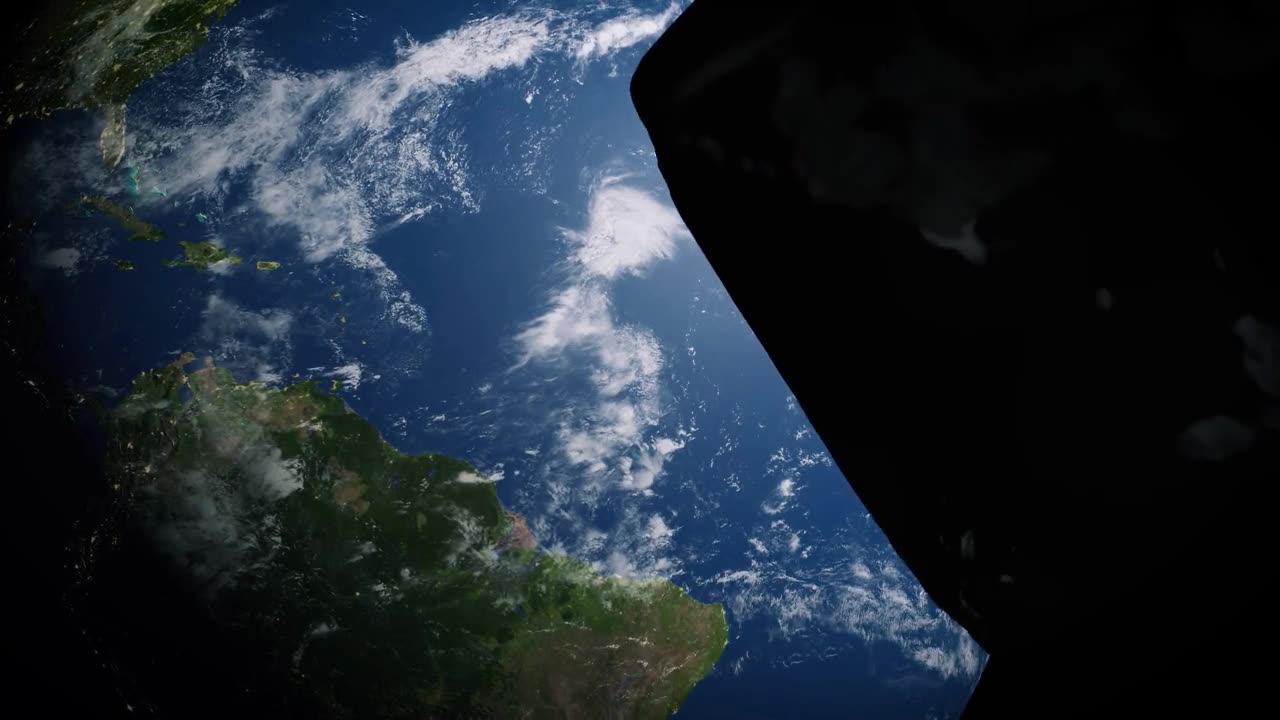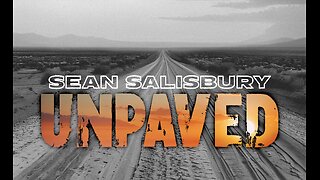Premium Only Content

Stellar Sleuths: Citizen Scientists and AI Uncover Hidden Asteroids With Hubble
Deep-Sky Exposure Yields Telltale Evidence for Asteroid Moving Across the Celestial Background
Over 4 billion years ago, the eight major planets around our Sun formed by sweeping up debris from a vast disk of dust and gas surrounding the Sun. This is common to the planet birthing process, and the Hubble Space Telescope was the first to optically see similar disks surrounding newborn stars, providing a peek into the solar system’s formative years. Now, 4 billon years later, the planet construction yard is still cluttered with leftover debris.
Most of this ancient space rubble, called asteroids, can be found between the orbits of Mars and Jupiter within the main asteroid belt. The census of the asteroid population is ongoing. Hubble’s unique capabilities allow it to be used as an “asteroid hunter” for this task. Asteroids appear as curved trails in Hubble images. The trails are due to parallax because Hubble is not stationary, but orbiting Earth. This gives the illusion that the faint asteroids are swimming along curved trajectories.
-
 LIVE
LIVE
Sean Unpaved
1 hour agoKawhi's Payday Peril, MLB's October Odyssey, & Raleigh's Switch-Hit Throne
251 watching -
 LIVE
LIVE
Dr Disrespect
2 hours ago🔴LIVE - DR DISRESPECT - ARENA BREAKOUT: INFINITE - ESCAPE OR LOSE EVERYTHING!
1,261 watching -
 1:39:16
1:39:16
Steven Crowder
4 hours agoJimmy Kimmel & The Left Desperately Want to Gaslight America - Don't Let Them
306K291 -
 LIVE
LIVE
The Shannon Joy Show
2 hours agoFinal Betrayal: Trump’s FBI Director Kash Patel Declares Jeffrey Epstein WASN’T A Sex Trafficker.
428 watching -
 LIVE
LIVE
The Mel K Show
2 hours agoMORNINGS WITH MEL K - Who Benefits? Order Out of Chaos & the Hegelian Dialectic 9-17-25
822 watching -
 24:23
24:23
Standpoint with Gabe Groisman
39 minutes agoUS DOJ's Leo Terrell Says “No University Is Prepared For The Crackdown That’s Coming…”
-
 59:28
59:28
Grant Stinchfield
1 hour agoBombshell Audio Proves FBI Targeted Navarro for One Reason—Politics
7.18K4 -
 LIVE
LIVE
LFA TV
7 hours agoLFA TV ALL DAY STREAM - WEDNESDAY 9/17/25
3,860 watching -
 1:02:21
1:02:21
VINCE
4 hours agoThe Left's Lawfare Onslaught REVEALED | Episode 127 - 09/17/25
216K240 -
 59:53
59:53
The Rubin Report
2 hours agoCNN Reporter Humiliated as Question for Ted Cruz Blew Up in Her Face
50.3K28